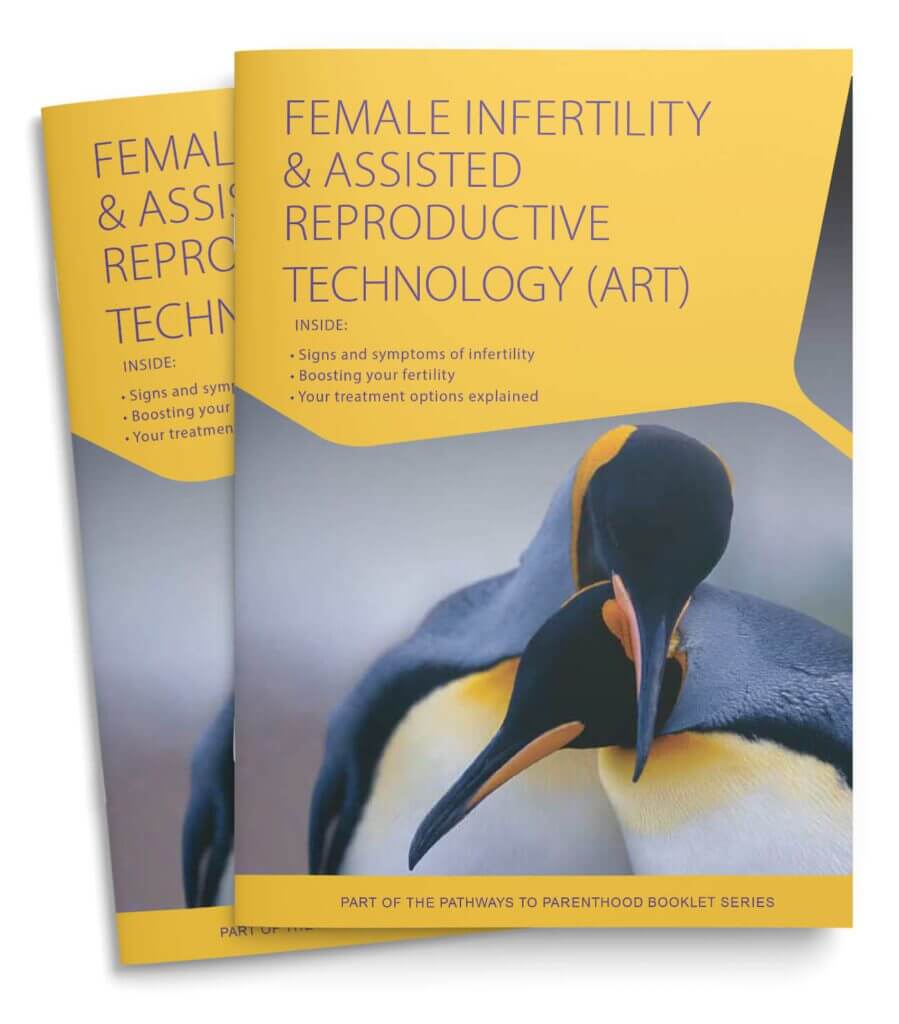
This booklet delves into female infertility and Assisted Reproductive Technology (ART), offering a thorough overview of causes, diagnostic tests, and treatment options including hormonal therapy, surgery, and ART methods like IVF and ICSI.
It emphasizes the importance of understanding the female reproductive system, factors affecting fertility, and strategies to enhance the chances of conception.
The guide also touches on the emotional journey of dealing with infertility, providing coping strategies and support resources.